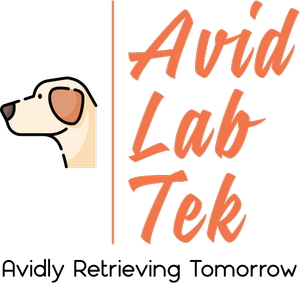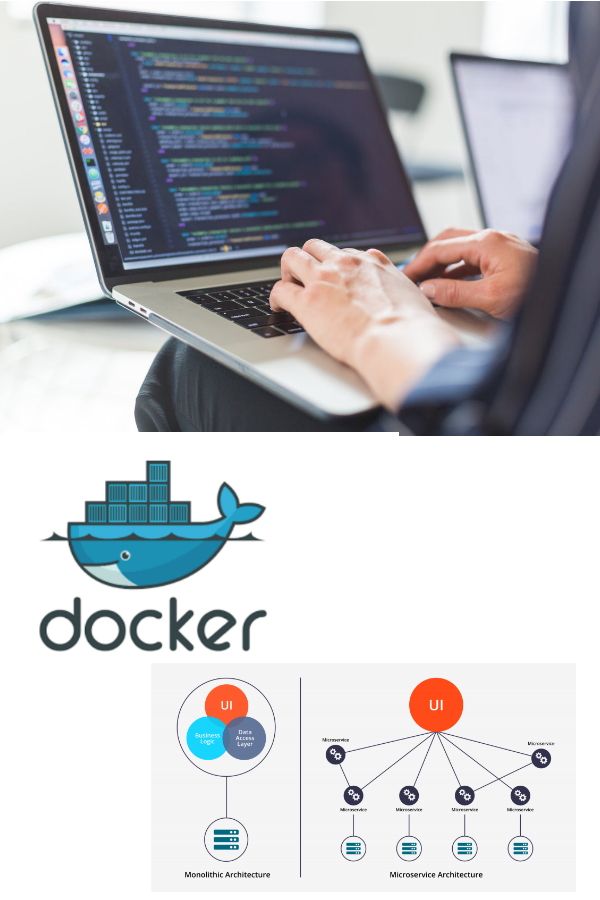
How Netflix leverages Elasticsearch and Docker for seamless content discovery
How Netflix Achieves Seamless Search Experience with Elasticsearch on Docker

Netflix is known for its cutting-edge technology that provides a seamless streaming experience to its users. Elasticsearch and Docker are two technologies that have played a significant role in making this happen.
Elasticsearch is a powerful search and analytics engine that helps Netflix to index and search for data across its vast collection of movies and TV shows. Docker, on the other hand, provides a containerization platform that makes it easy to deploy and manage Elasticsearch at scale.
Netflix uses Elasticsearch and Docker together to power its content discovery and search functionality. The company's data platform team has built a custom Elasticsearch cluster using Docker containers that can scale horizontally to meet the growing demand for search queries.
With Elasticsearch and Docker, Netflix can handle the massive amounts of data generated by its users, allowing them to quickly find the content they want to watch. The search engine also provides personalized recommendations based on user viewing history, helping to improve user engagement and retention.
In addition to search and discovery, Netflix also uses Elasticsearch and Docker for operational monitoring and logging. The company leverages Elasticsearch to analyze logs generated by its infrastructure and applications, enabling quick identification and resolution of issues.
Overall, Elasticsearch and Docker have proven to be essential technologies for Netflix, enabling the company to provide a seamless and personalized streaming experience to its users while also ensuring the reliability and scalability of its backend infrastructure.

